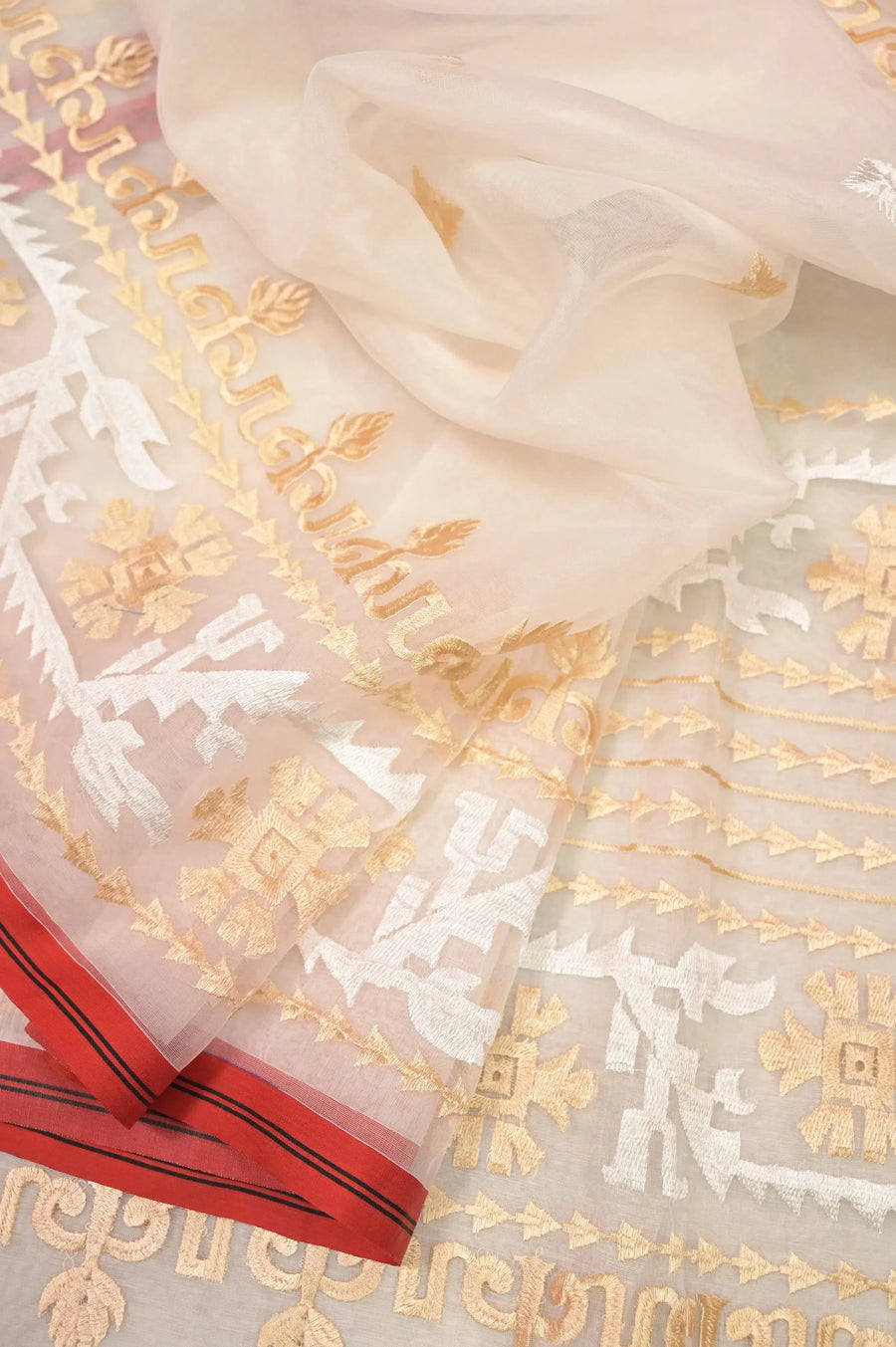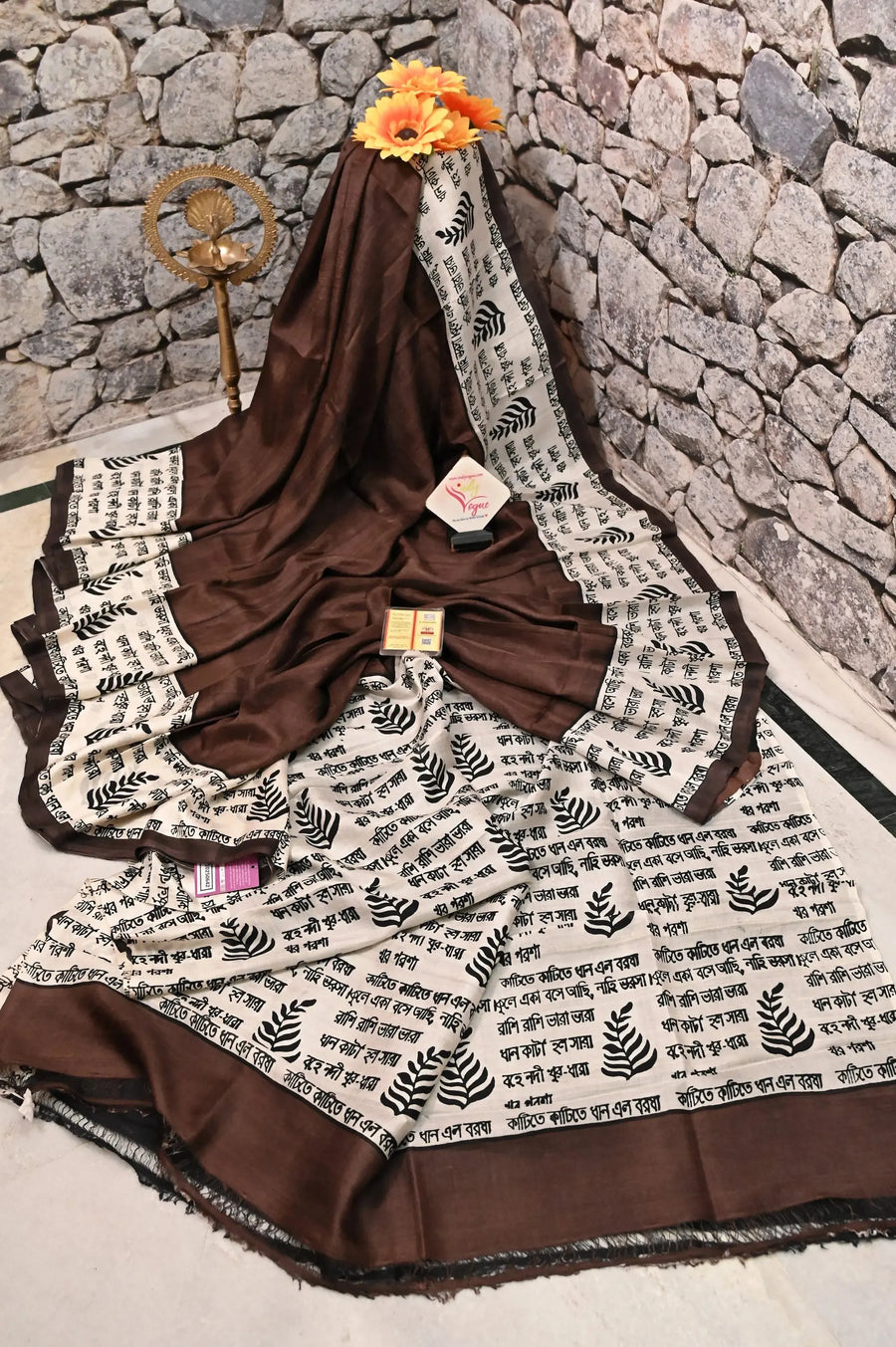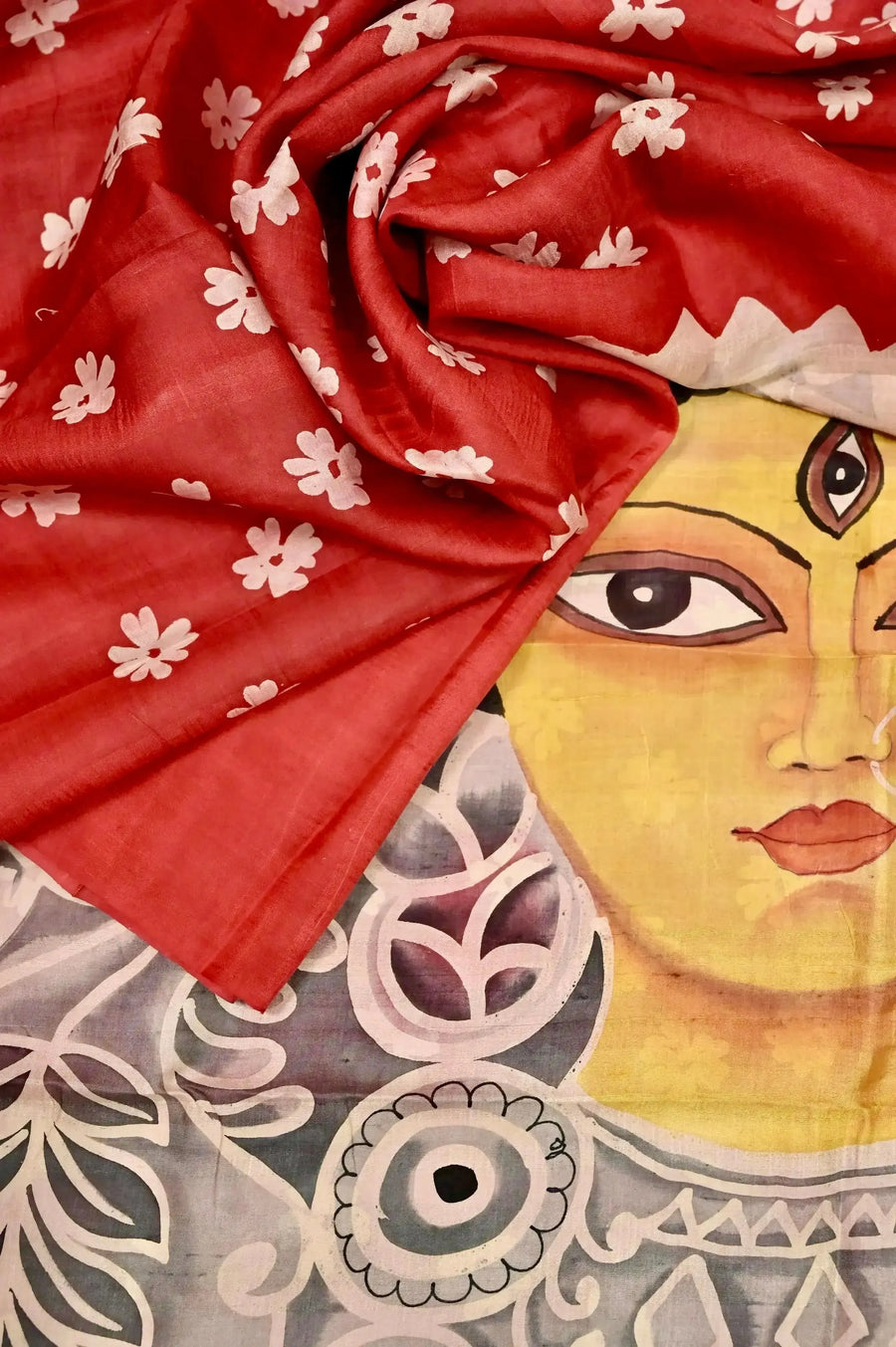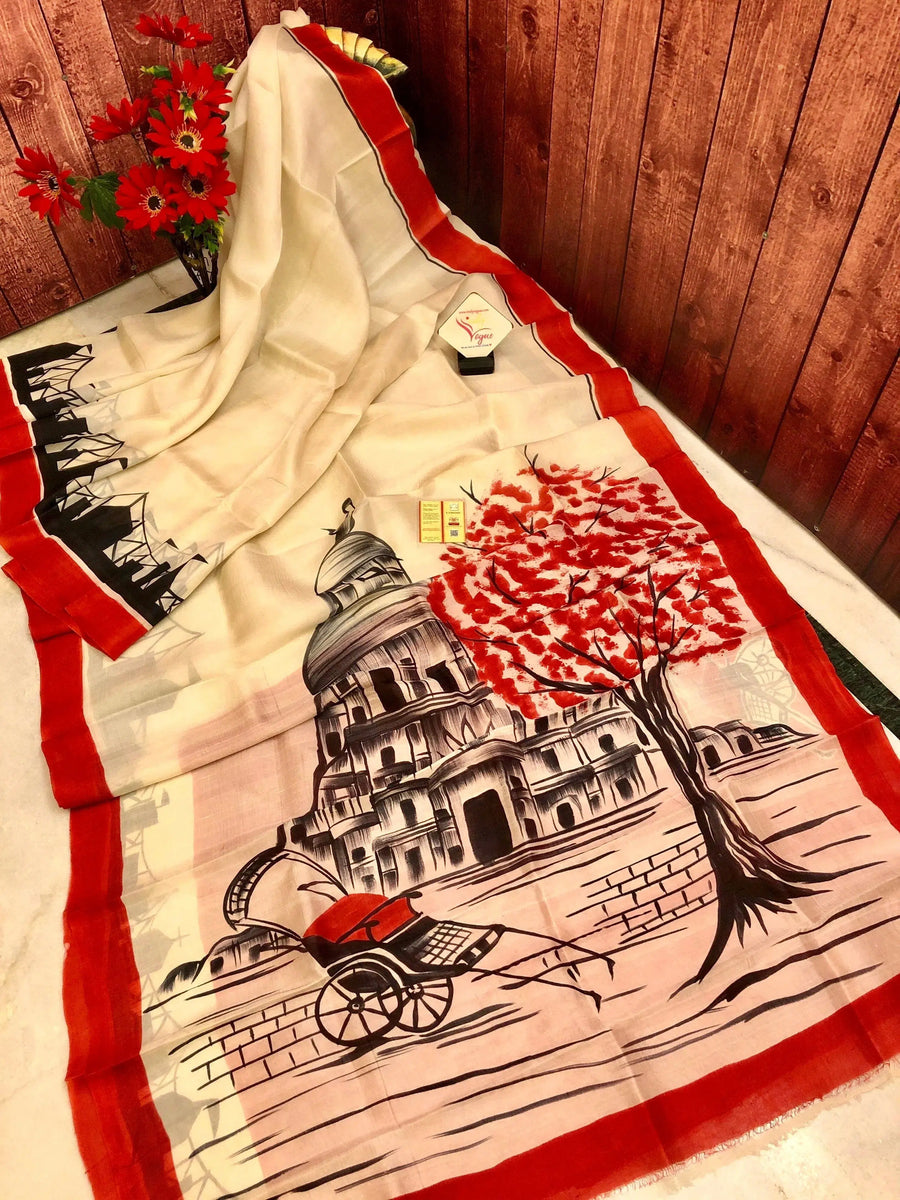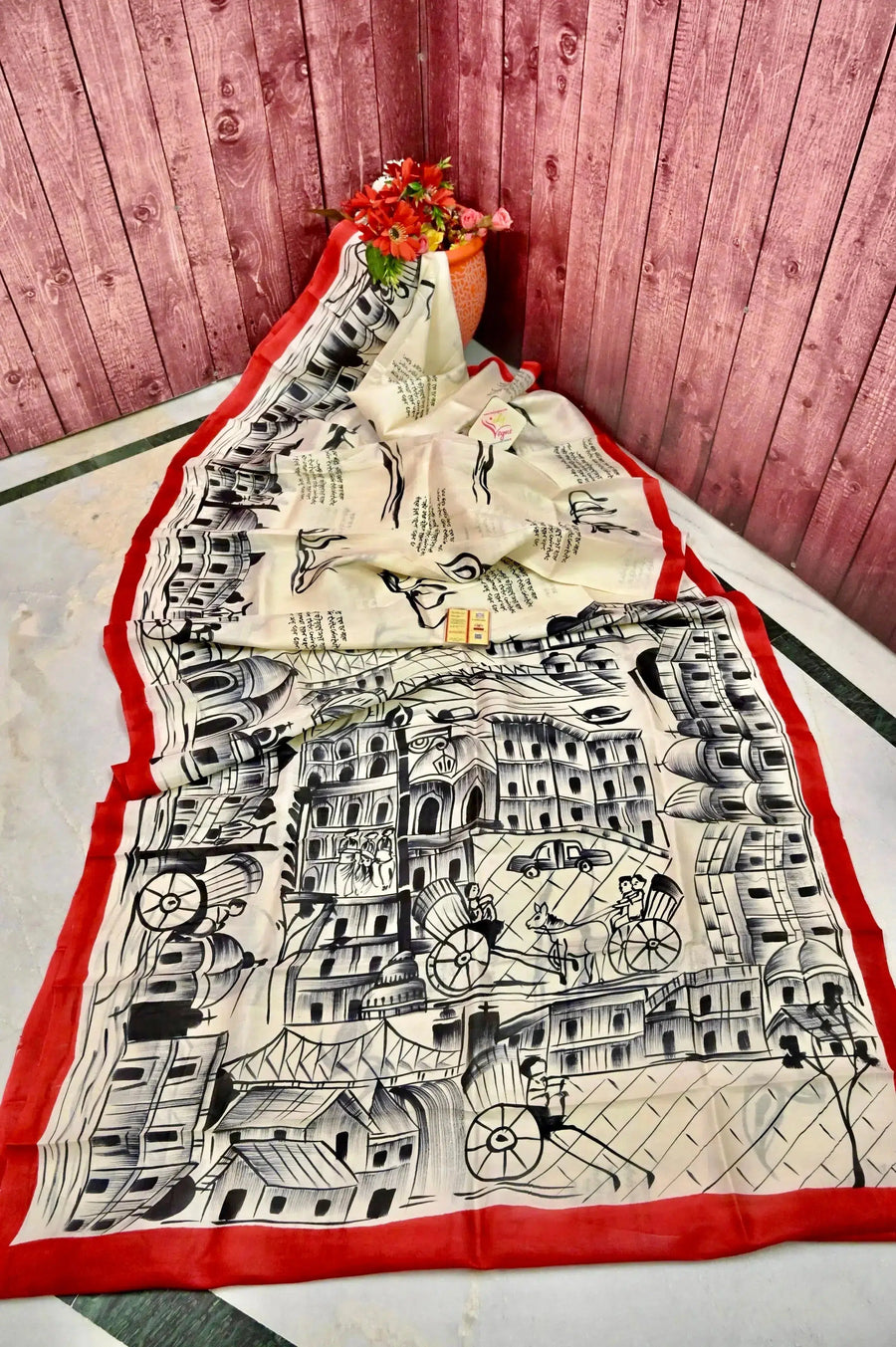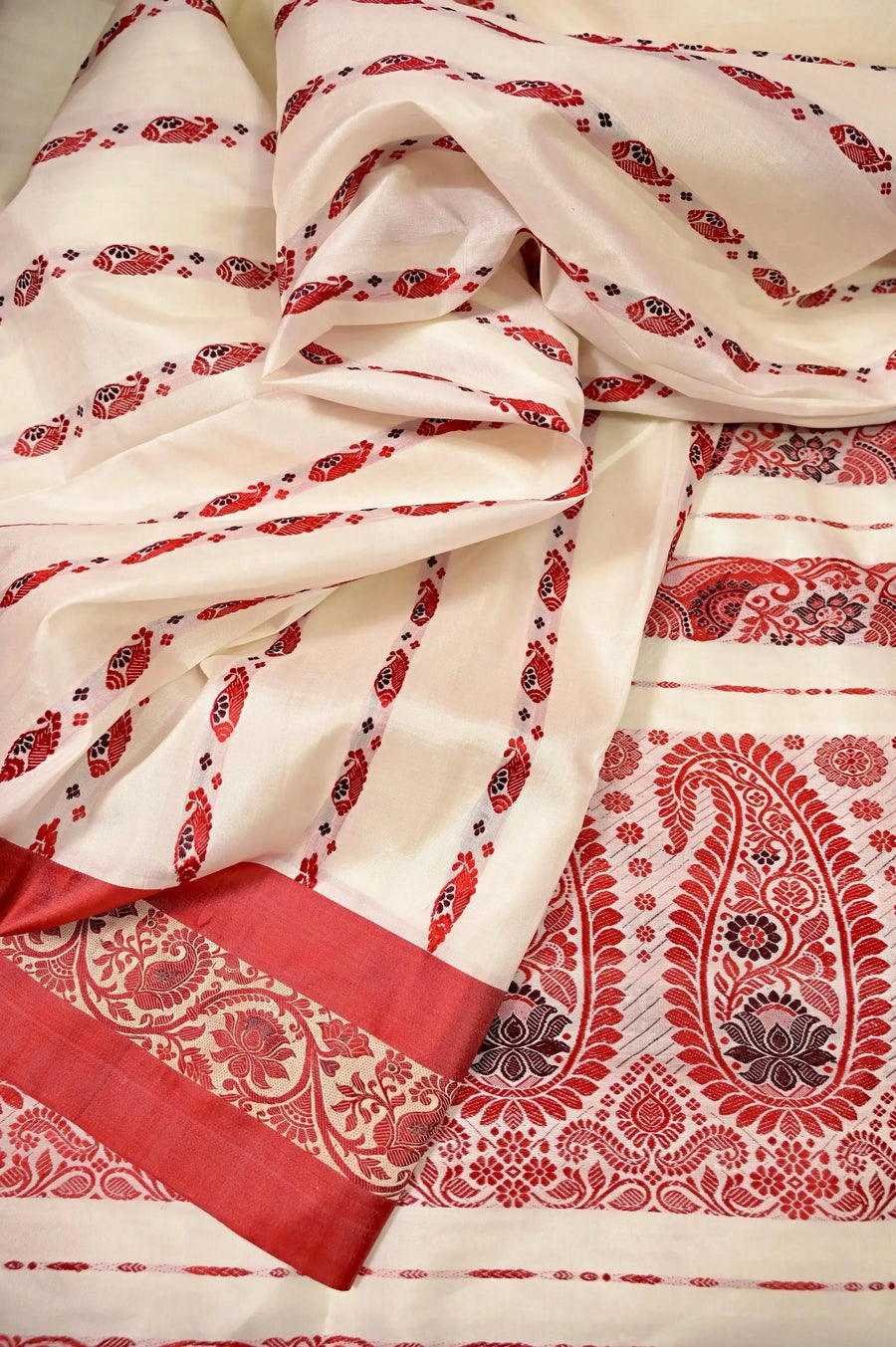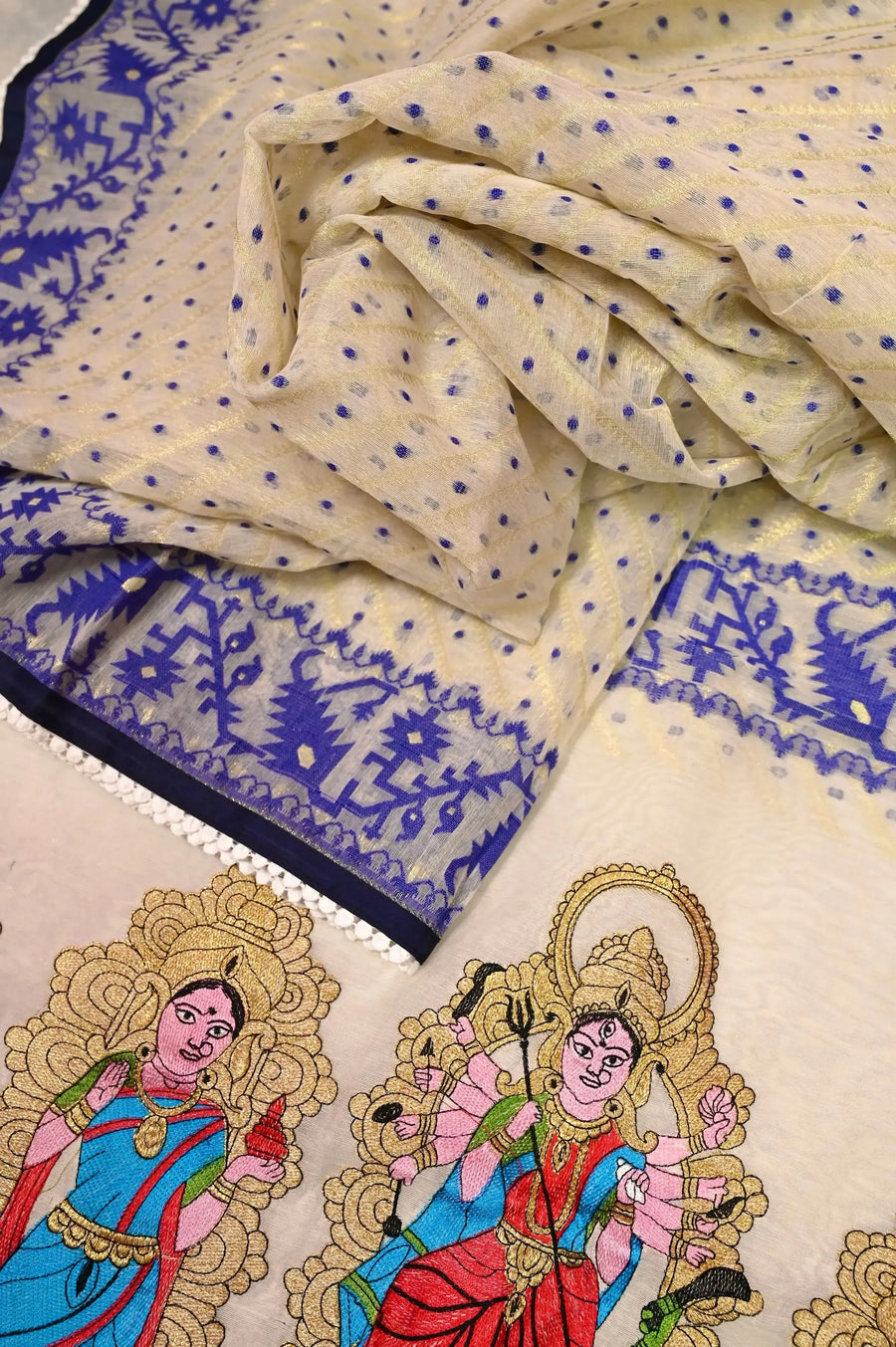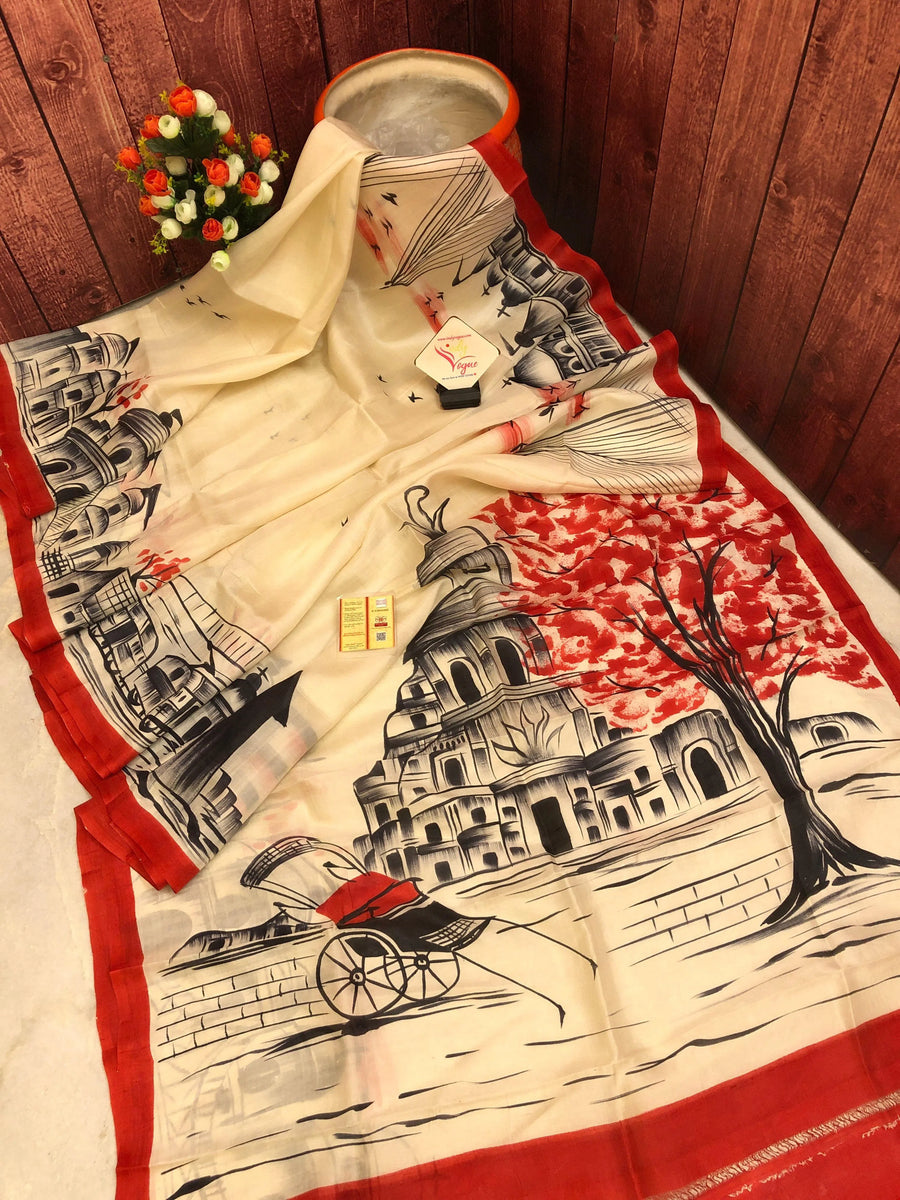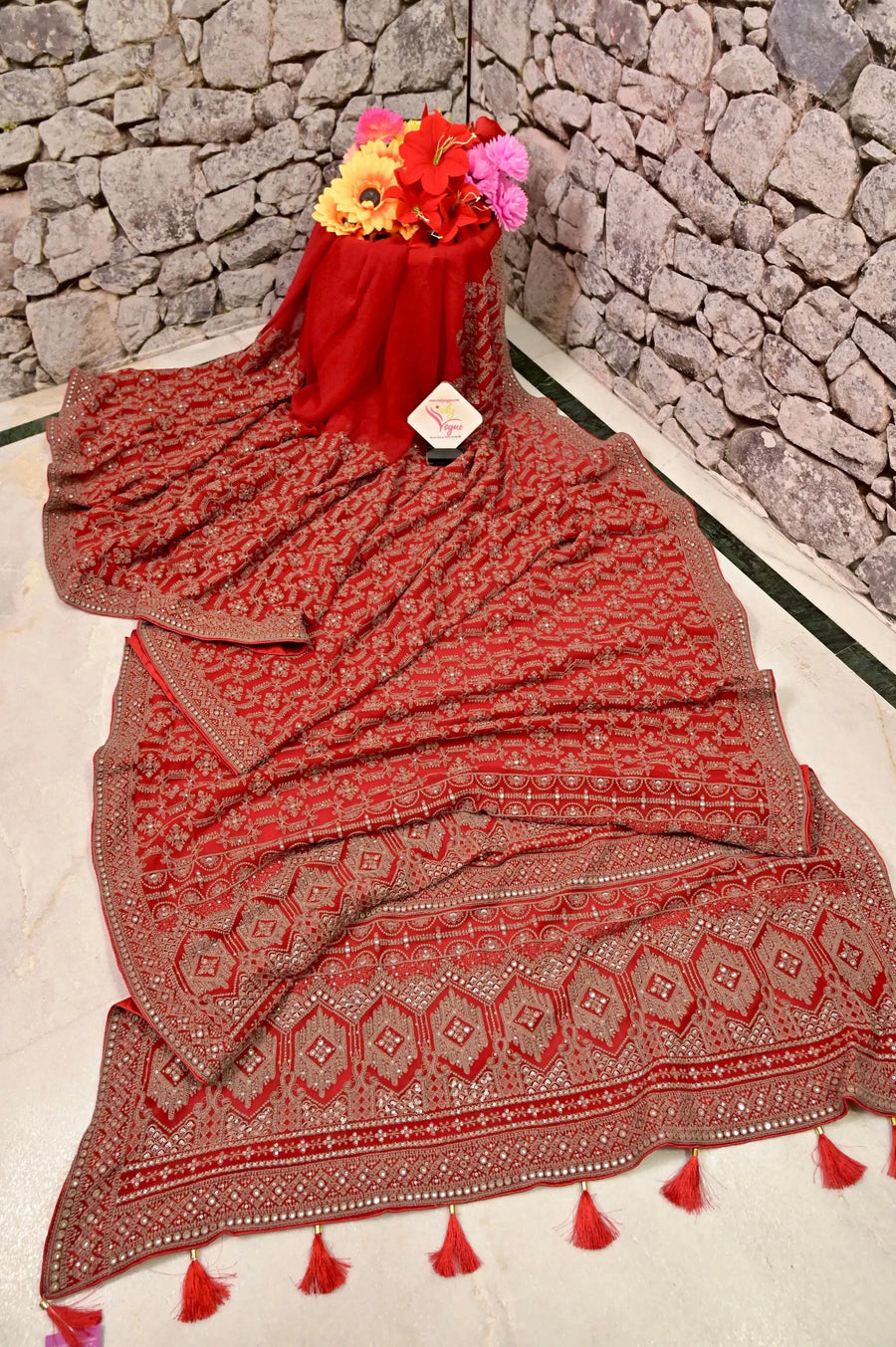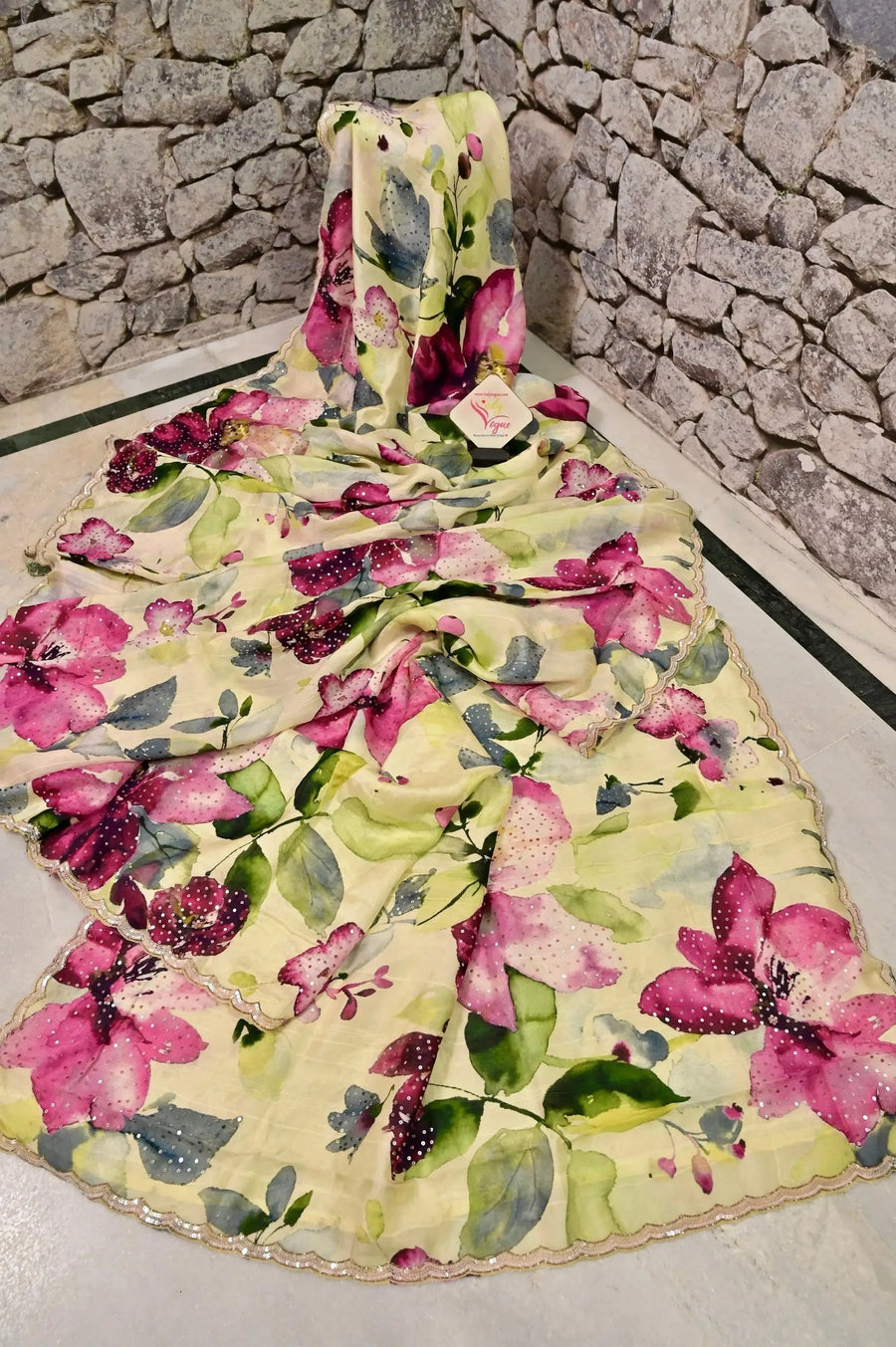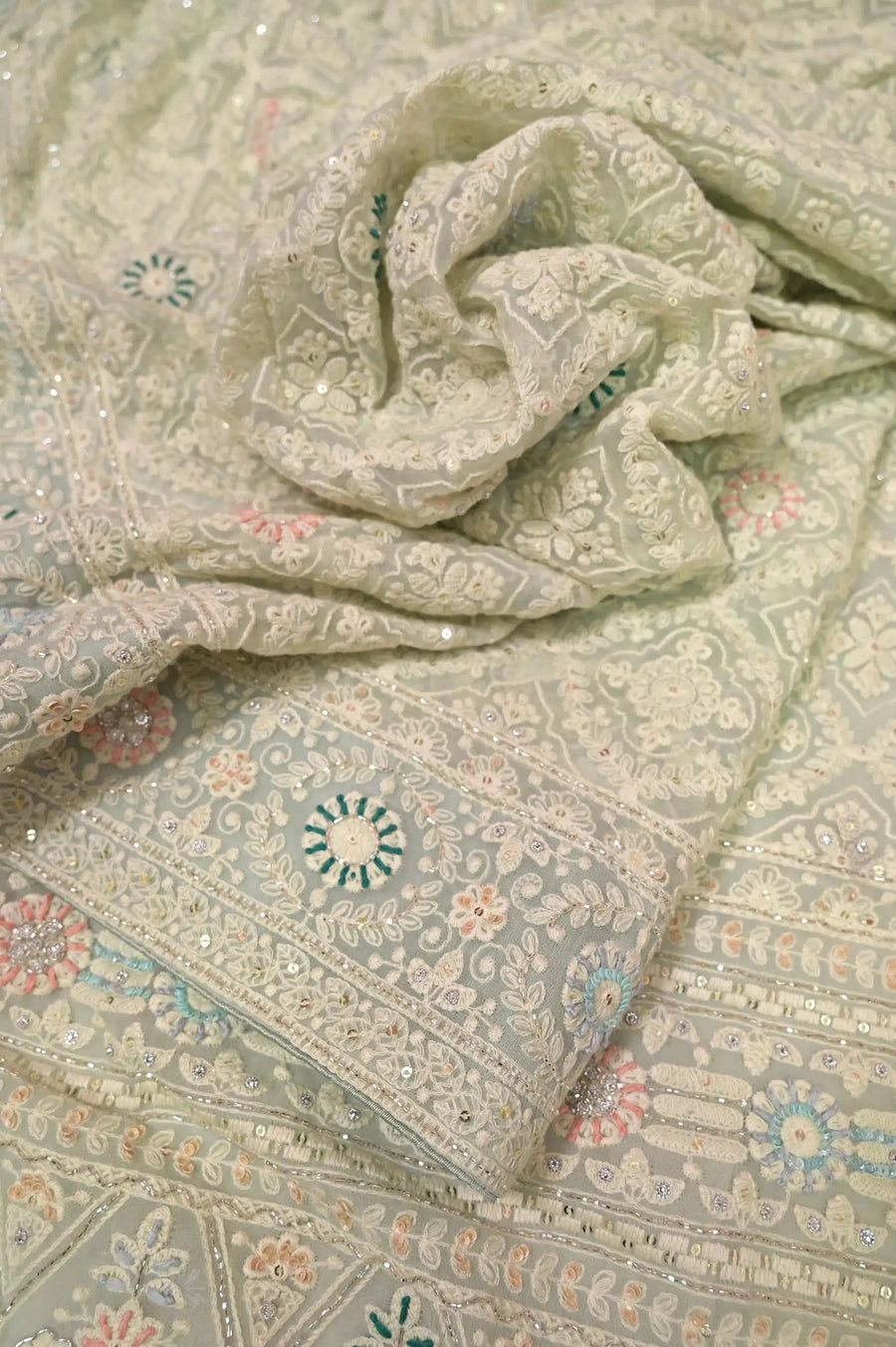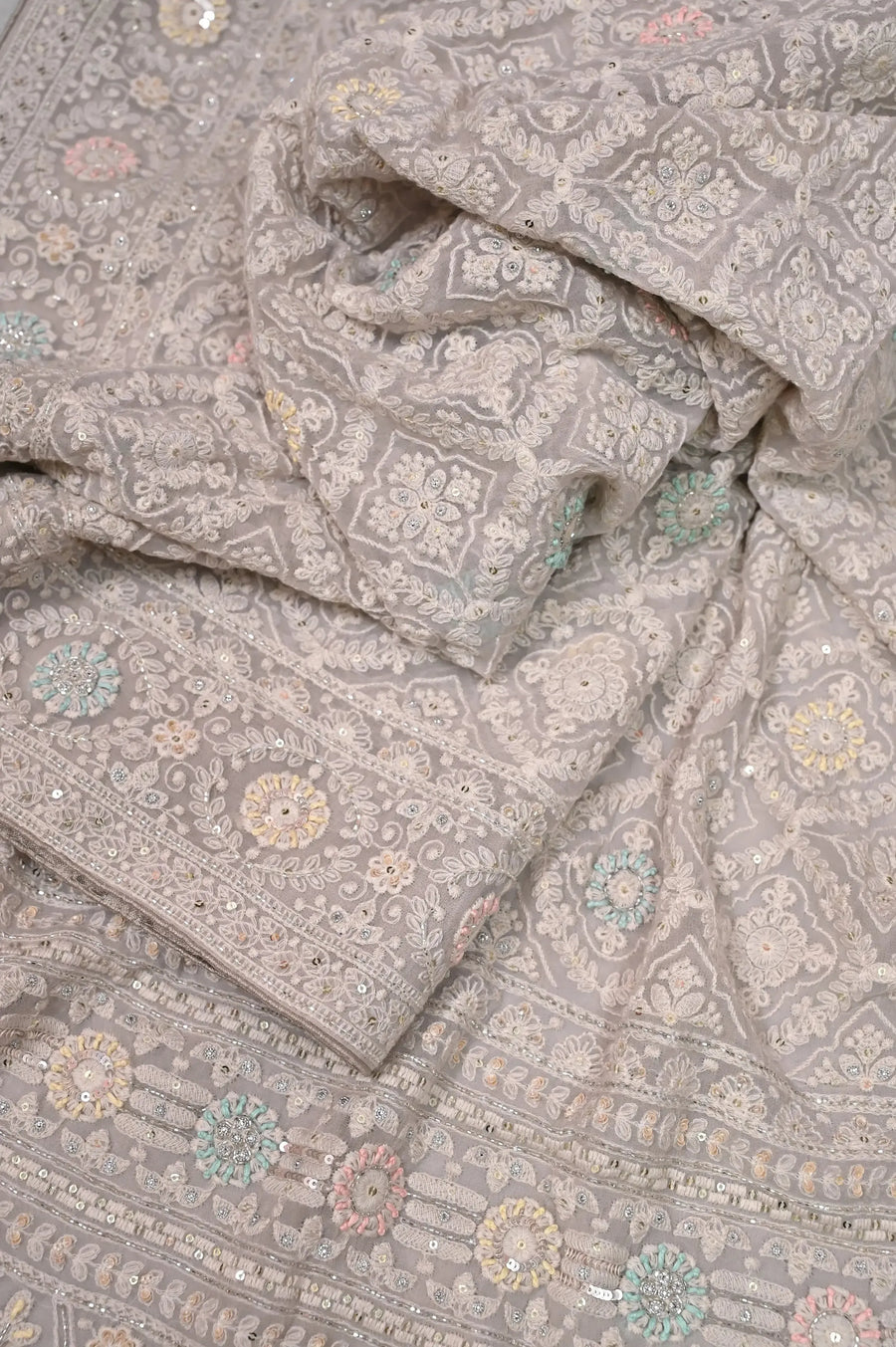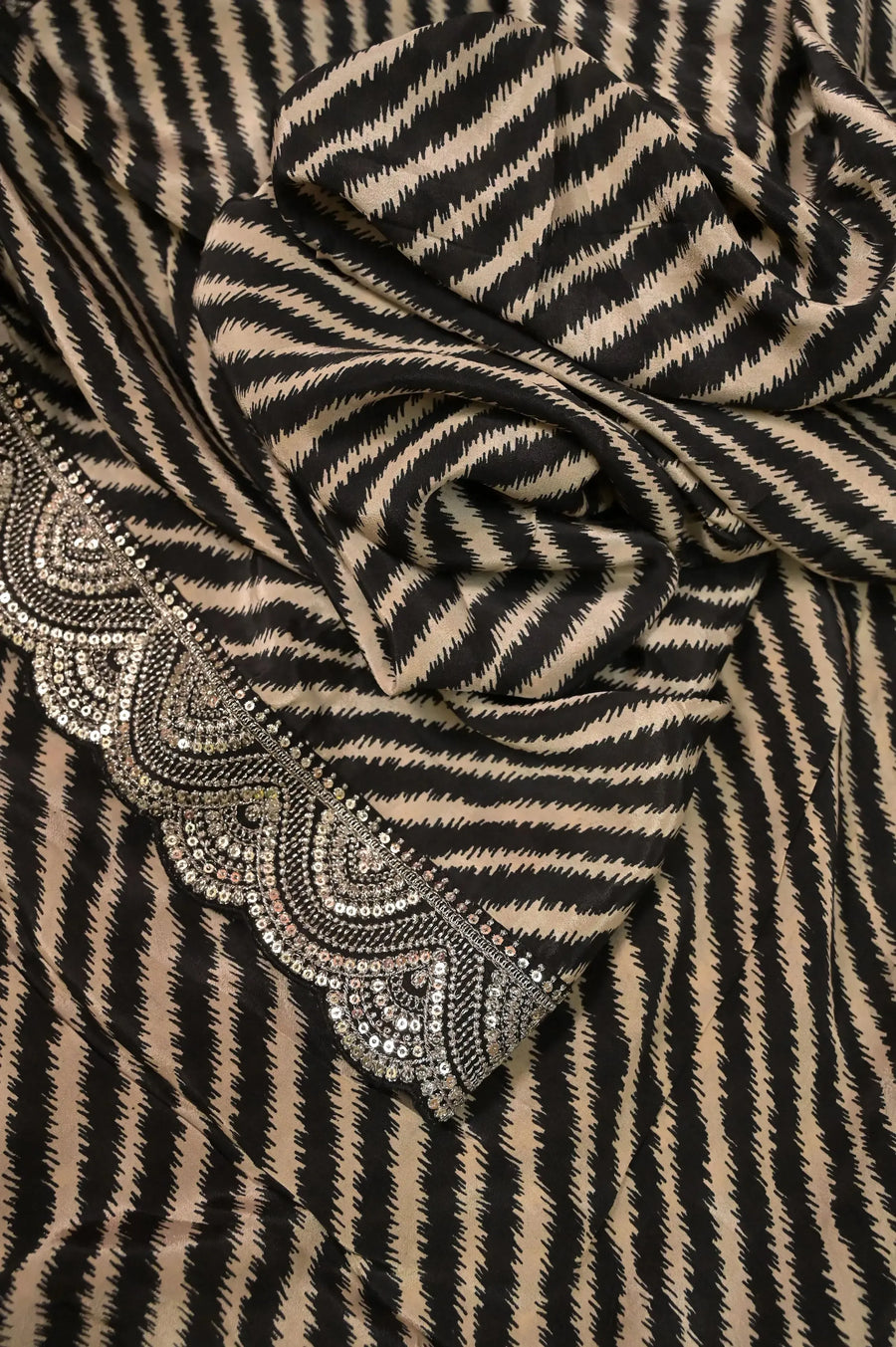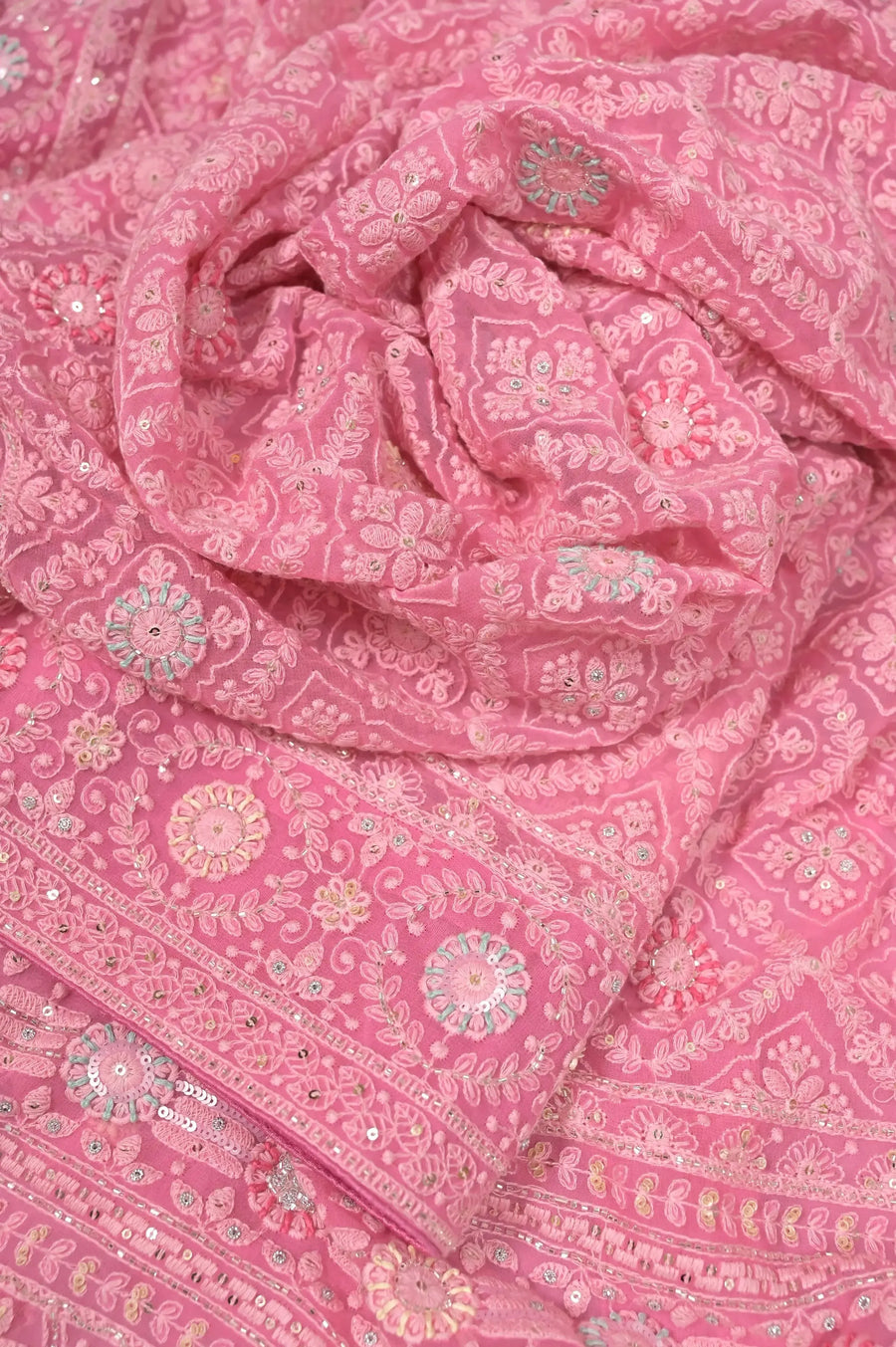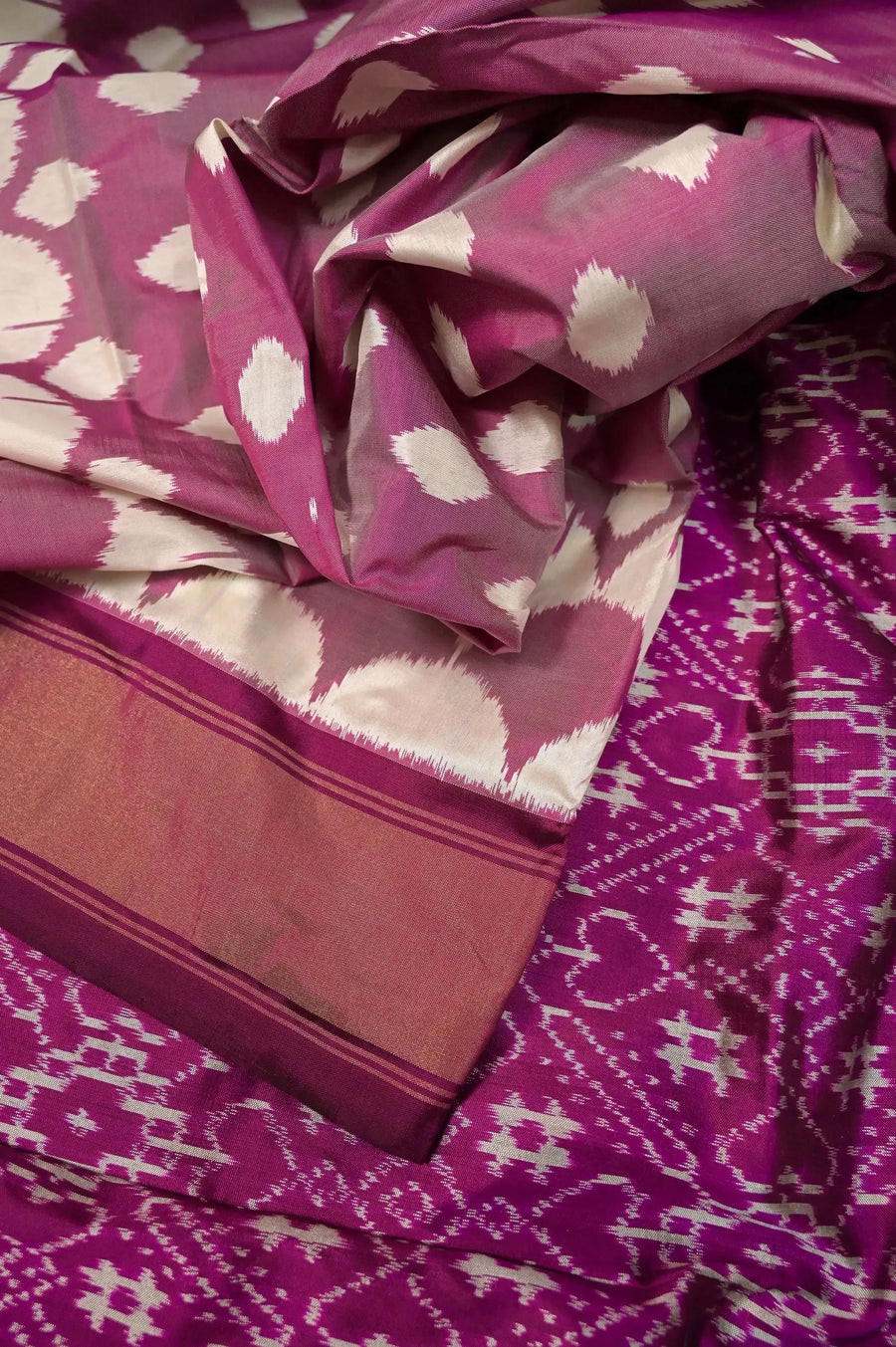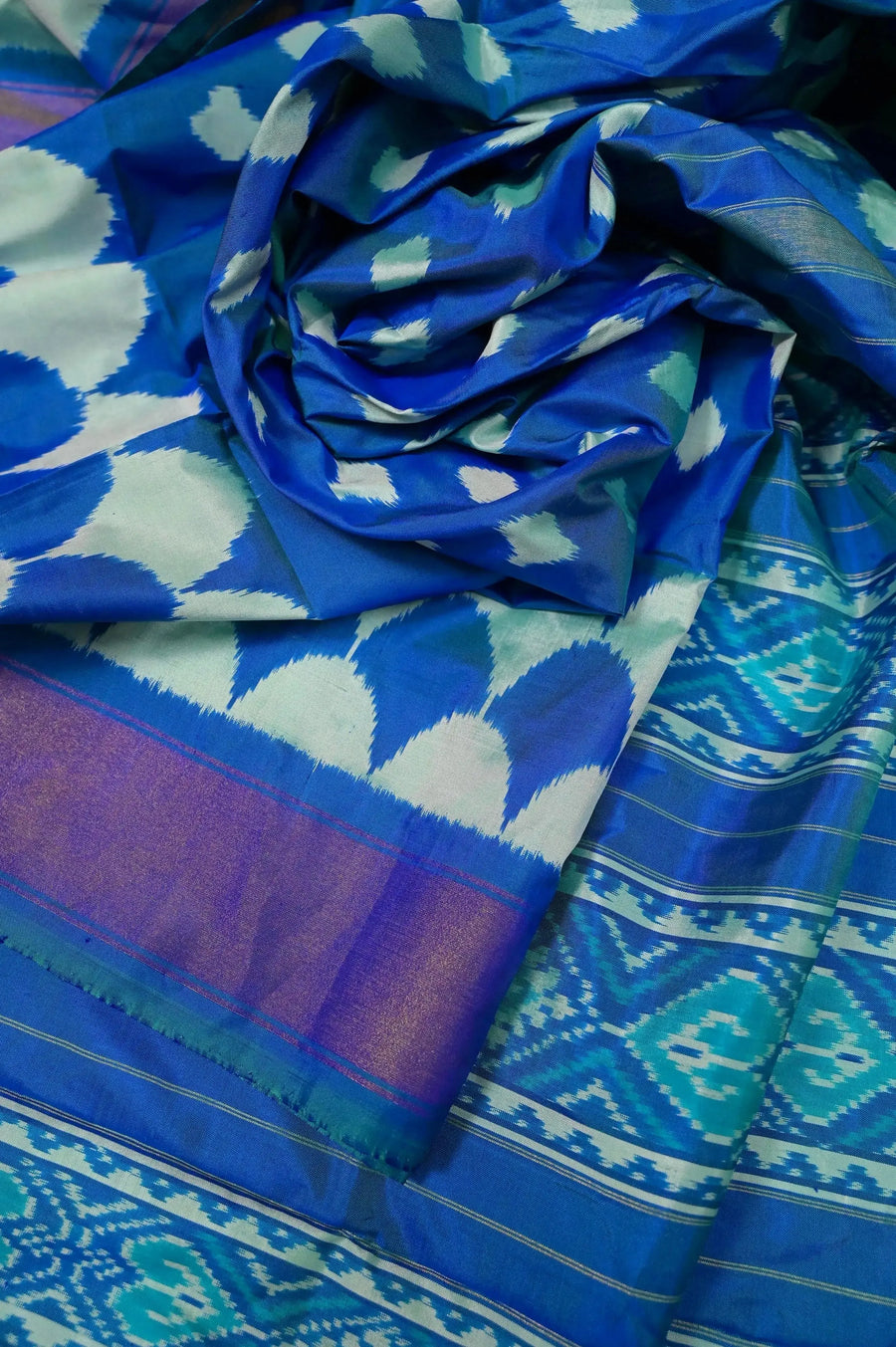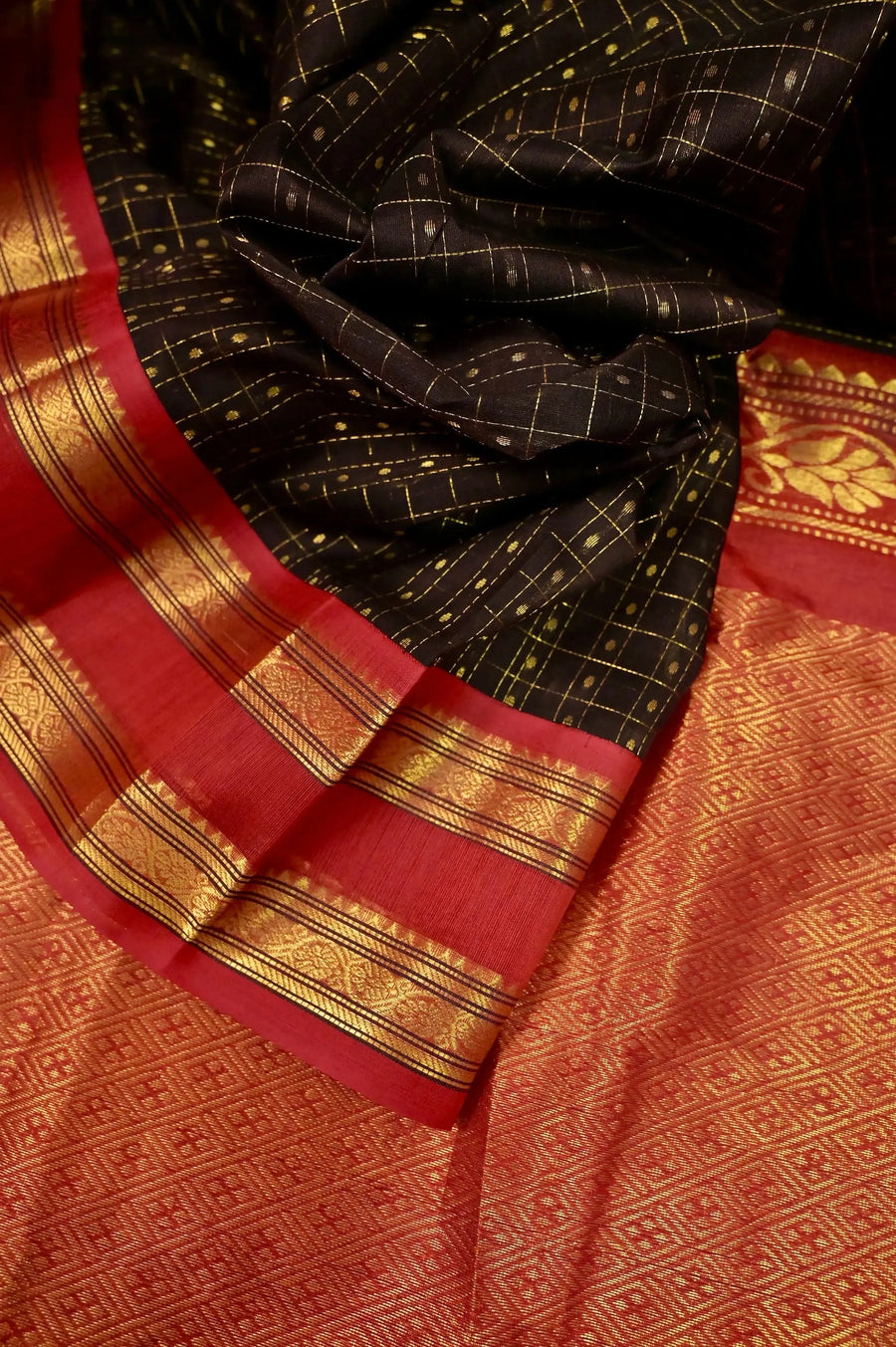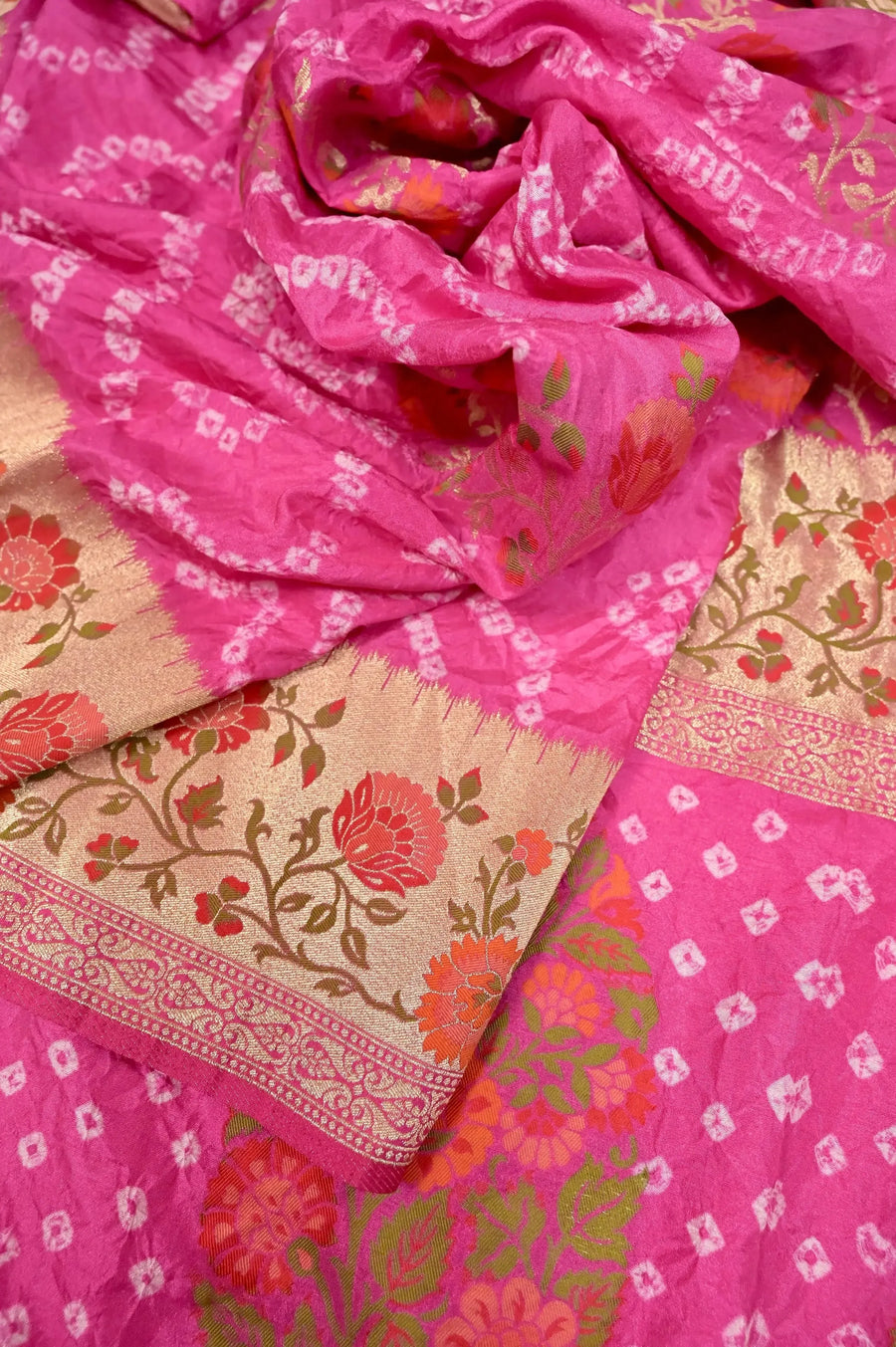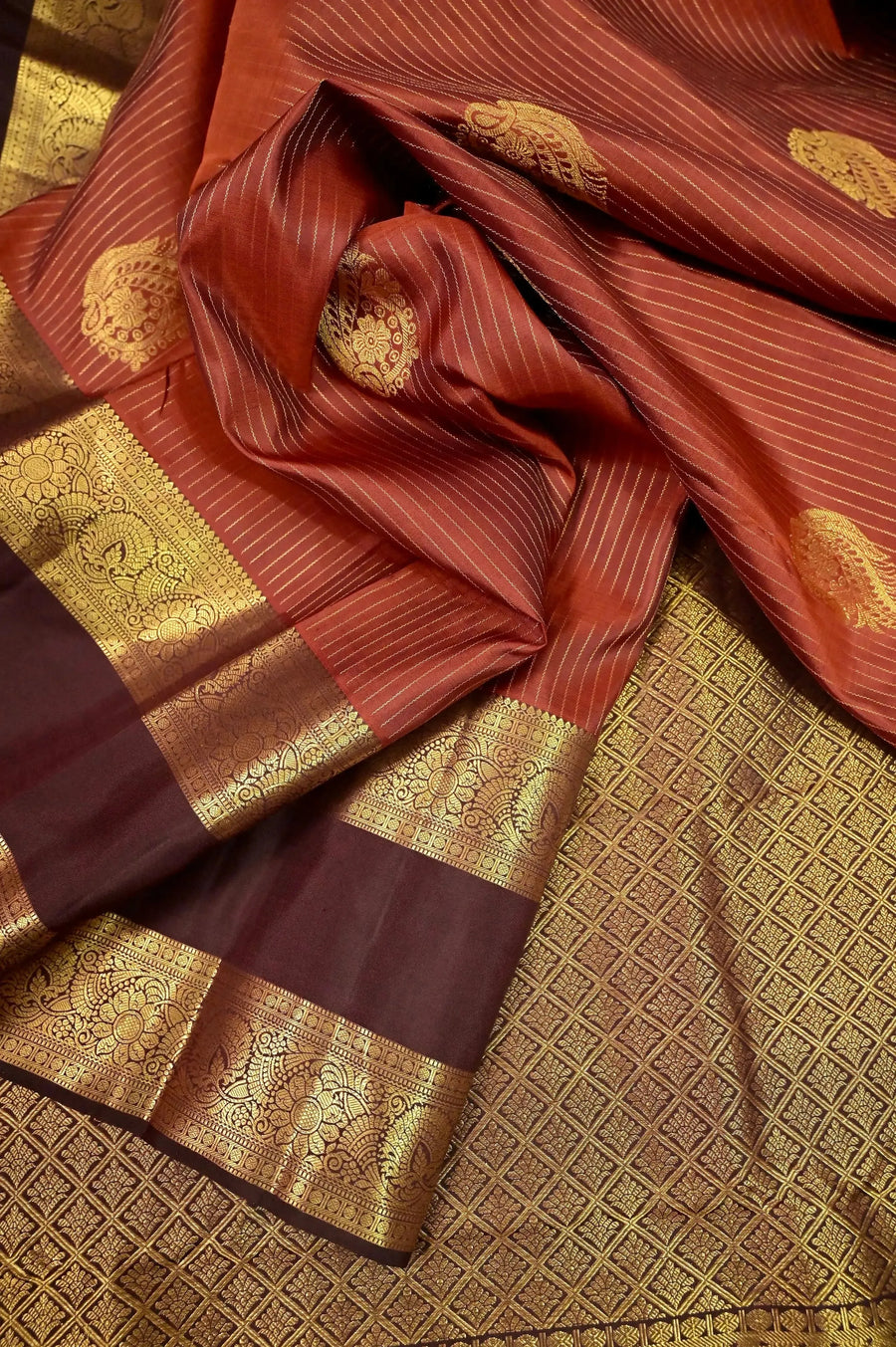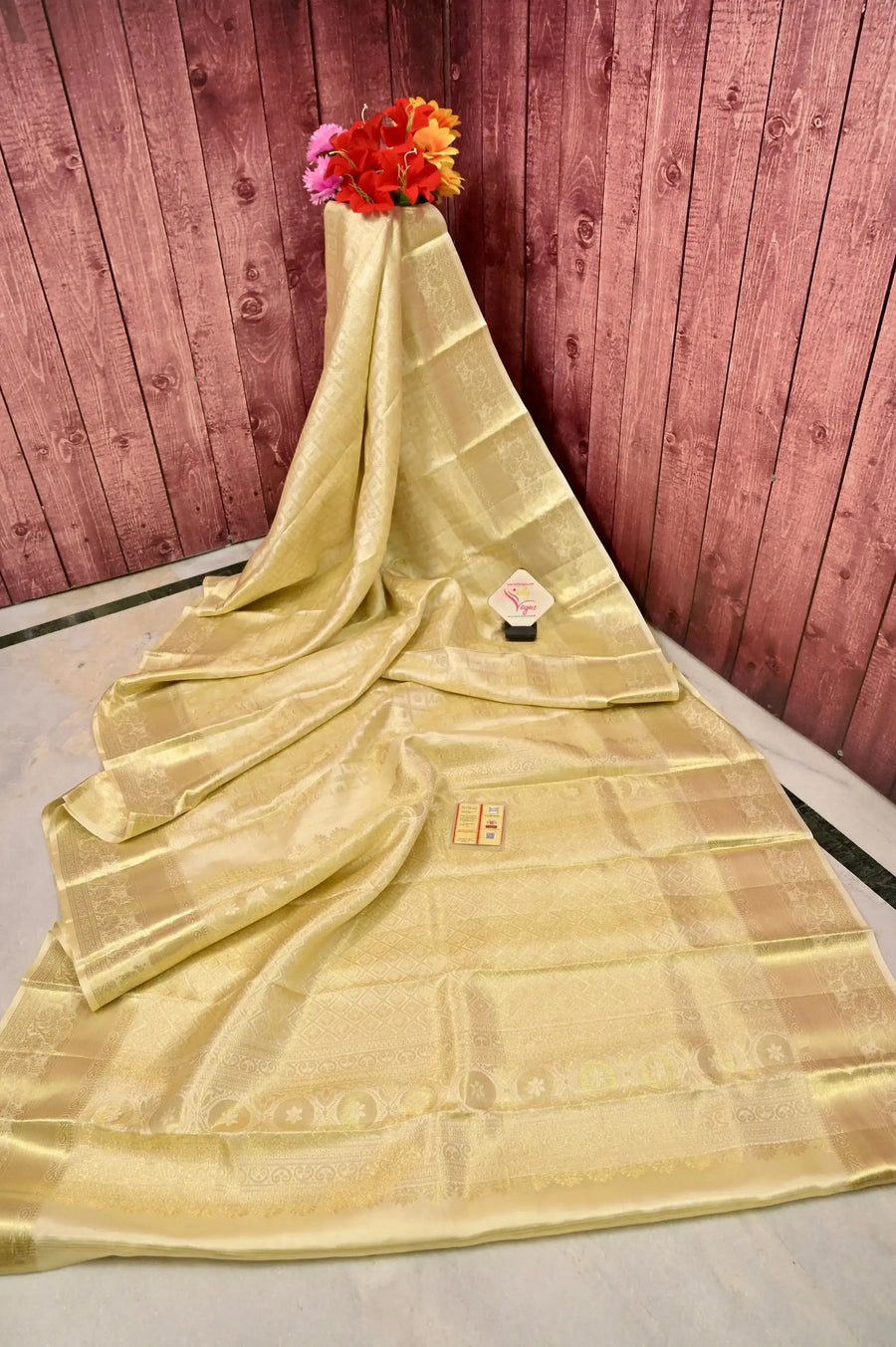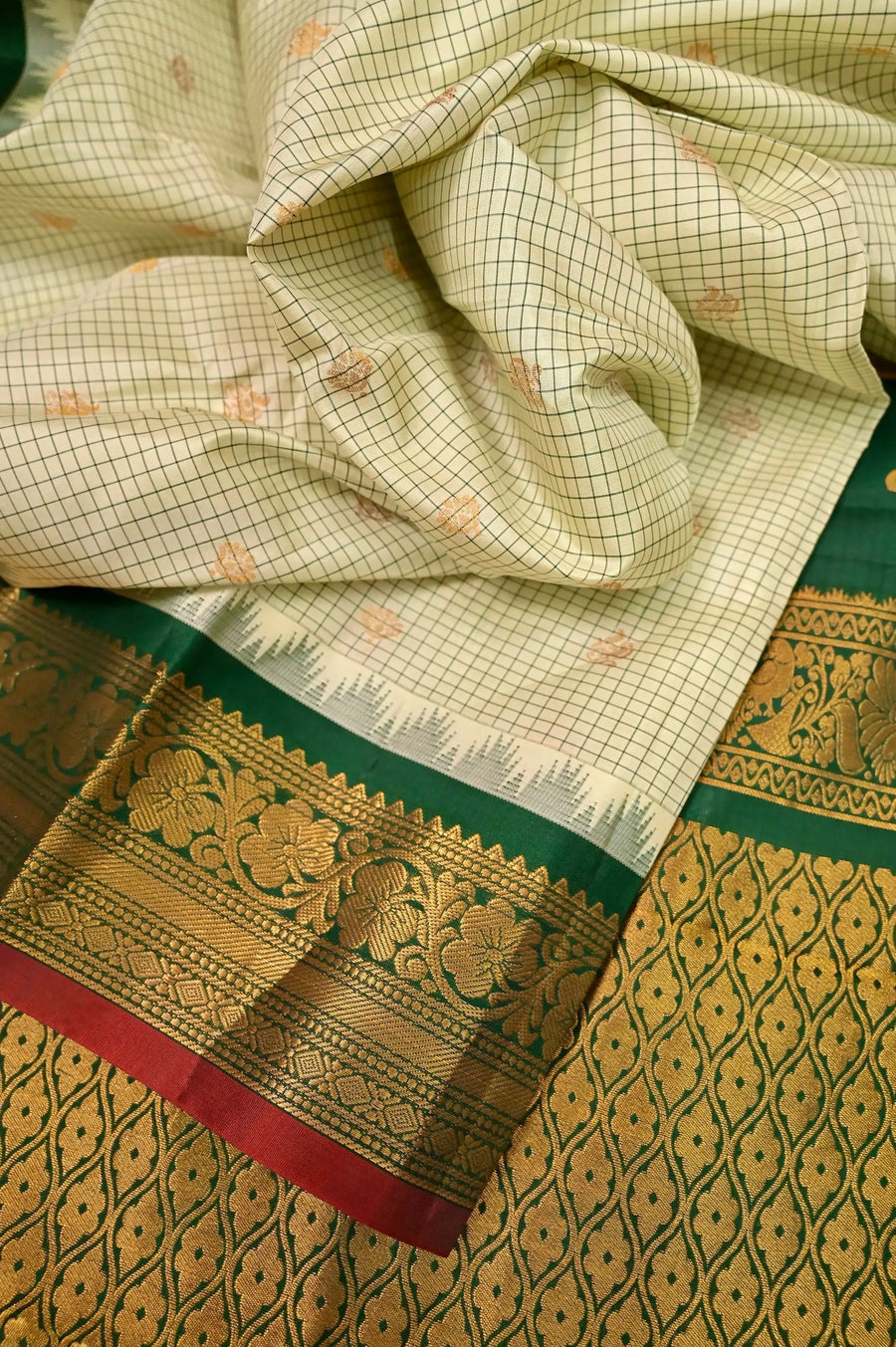Discover the Beauty of Saree Draping Styles from Different Regions of India
One of the best attire is which every women can flaunt themselves is Saree. No matter whether you are an Indian, a British or an American, a saree draped on you make you look set apart from all kind of ethnic wears. Moreover, with the merge of western outfit wearing styles, Saree has a new outlook on the ramps, in films and in the red carpets of various events
Change is something never constant and when it is fashion, it is something well evident. However, one fashion trend that has held his foot firmly is saree. India is a saree trove and every region has a unique saree draping style. Thus, the fashion of saree never fades.
Fashion houses like Coco Chanel, Sabyasachi, Alexander McQueen all have picked up nine-yard wonder to make their models look elegant, timeless and chic whenever they walks. Whether it’s a international closet or a classical walkover, saree is the showstopper.
This nine-yard wonder has witnessed a number of draping style due to cultural diversity of the country. Even occasions have also influenced the draping of a saree. Let us take a quick look at our blog and the ways of wearing saree traditionally followed in India.



